ACA Employer Penalty Letter 226-J Needs Response Within 30 Days August 1, 2018
The IRS has begun enforcement of the ACA employer mandate. Applicable Large Employers (ALEs) must provide affordable, minimum essential health insurance coverage to their full time employees or be subject to a §4980H penalty. The letter generally applies to the tax year 2015. Although 2016 notices are expected by year end.
Tax practitioner planning. The IRS identified 32,240 ALEs with potential 2015 penalties of $4.37 billion. Because of “limited resources” the IRS has contacted only 6,000 of the potential 32,000 problem businesses. (TIGTA ACA Report 2018-43-022)
Letter 226-J is the initial letter issued to Applicable Large Employers (ALEs) to notify them that they may be liable for an Employer Shared Responsibility Payment (ESRP). The determination of whether an ALE may be liable for an ESRP and the amount of the proposed ESRP in Letter 226-J are based on information from Forms 1094-C and 1095-C filed by the ALE and the individual income tax returns filed by the ALE’s employees.
What the employer needs to do:
Complete the response form (Form 14764) indicating the employer’s agreement or disagreement with the letter within 30 days. The IRS will acknowledge receipt of the Form 14764 with Letter 227 (a series of five responses).
Tax practitioner planning. If the employer does not respond within 30 days, the IRS will assess the penalties. Send all responses by registered mail.
*If the employer disagrees with the proposed ESRP liability, provide a full explanation of the disagreement and/or indicate changes needed on Form 14765 (Premium Tax Credit Listing). Return all documents as instructed in the letter, again within 30 days.
*If the employer agrees with the proposed ESRP liability, follow the instructions to sign the response form and return with full payment in the envelope provided.
Common Reasons That the Penalty Notice Might Be Incorrect
1. Employer may not be an ALE for the 2015 benefit year. This could be because the employer had fewer than 100 FTE employees or the employees in 2015 that caused the employer’s workforce to exceed 100 FTEs were seasonal workers working less than four months during the preceding calendar year (§54.4980H-2(b)(2)).
2. The employer is an ALE when it counts its full-time and FTE employees, but it does not have more than 80 full-time employees in 2015. Because the penalty for not providing health insurance does not apply to the first 80 full-time employees, no penalty results for 2015 (§54.4980H-4(a)).
3. The employer used the “look-back rule” and the employee was a part-time worker in the prior year (§54.4980H-3(d)(1)(i)).
4. The worker was a seasonal worker working less than six months during the year and was properly excluded from the ALE’s health insurance coverage (§54.4980H-1(a)(38)).
5. The employee opted out or did not timely enroll in the in the employer’s adequate and affordable health insurance plan (§1.5000A-3(e)(3)(i)(A) & (B)).

